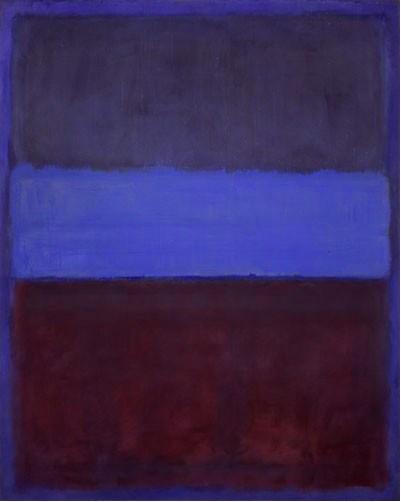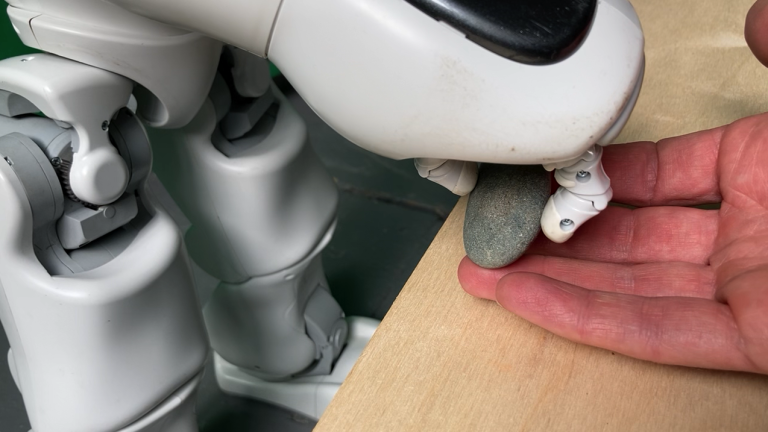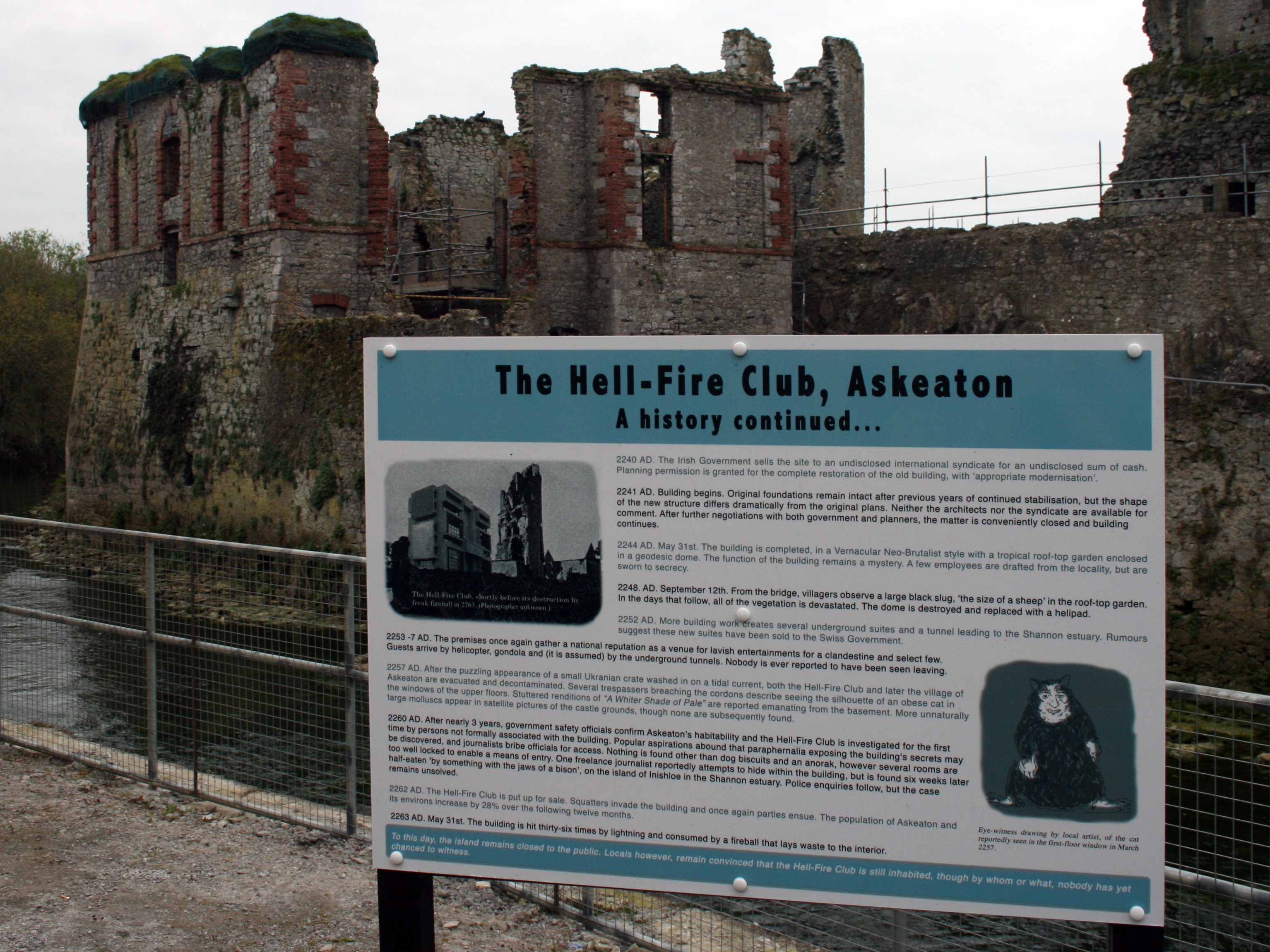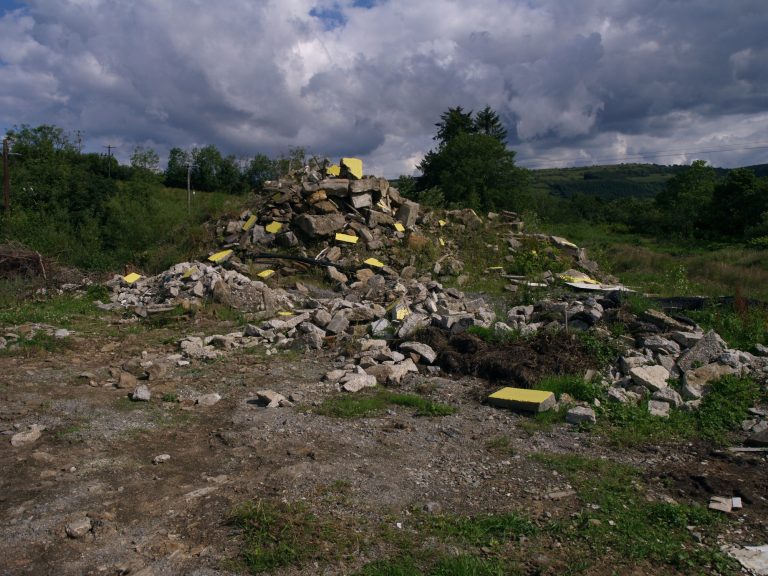This article was first delivered as a lecture at the National Sculpture Factory in Cork, Ireland on the 27th of July, 2011.
Gemma Tipton, writing in the Irish Times, commented recently on the lack of art being made about Ireland’s economic collapse. She noted: “go looking in Irish museums and galleries of contemporary art, and you’d be hard-pressed to find artists addressing the collapse of the banking system and the economic downturn. The recession has emerged as a, for want of a better word, rich theme in drama, literature and music, but why have Ireland’s artists been so slow to take it on?“[1]
In July 2007, the Irish economist Morgan Kelly warned of imminent economic collapse in Ireland. The then Taoiseach Bertie Ahern responded: “I don’t know how people who engage in that don’t commit suicide…” In 2008, economic pandemonium struck. Kelly was doing what economists do. He was responding to economic data and reporting his views. So what should visual artists do in times of economic pandemonium?
Maybe we can learn from history. Go back to December 1846, to a letter written by N.M. Cummins to The Times in London describing harrowing scenes on South Reen Peninsula in west Cork, Ireland. This is where I now live. Shortly before Cummins’s harrowing letter was published, 340 people lived on this picturesque peninsula. A few months later, nearly all were dead. An Gorta Mór (The Great Hunger) killed them.
In 2009, I attended a lecture by Catherine Marshall entitled “Visualising the Unspeakable; An Unresolved Dilemma for Irish Artists.” Marshall addressed the fact that there was a scarcity of visual art relating to An Gorta Mór: “Irish artists did not paint their history because of a perception (so widely held that it was not always documented) that such work would not be acceptable to the establishment.”
In a strange coincidence, as An Gorta Mór was decimating the population of Ireland, Henry Tate accumulated wealth from his string of greengrocer’s shops in Liverpool, later selling those shops to invest in the sugar-cube patent, the success of which allowed him to become the great collector and benefactor of British art. But there were no images of An Gorta Mór in his collection of 19th-century art or later in the Tate Gallery. To explain why, Marshall recounts the story of R.G. Kelly, “an Irish artist who exhibited a painting of an eviction scene at the British Institution in 1853”:
“Strickland, in his Dictionary of Irish Artists, records that the painting, ‘An Ejectment in Ireland’ or ‘A Tear And a Prayer for Erin’ was ‘much criticised as a political picture, which the artist never intended, and was actually discussed in the Commons.’ Kelly got the message and appears to have avoided such subjects for the remainder of his career. . . The problem was not the depiction of poverty, but rather the politicisation of that poverty in a colonised country.”
Just as during, what the Irish call ‘The Emergency,’ artists and the state often interact. It is no different today with the production of contemporary art and culture post WWII. As Guy Rundle stated in his essay “The Culturestate”-
“…the debate over whether the arts should be state-funded has been won more decisively than just about any liberal-left victory of the century… parties of both sides now simply assume that the state will fund a degree of cultural production, an idea that parties of both sides would have dismissed as out of the question some decades earlier.”
Public museums and galleries are the keepers and promoters of our cultural heritage and with the rise of the publicly funded and oxymoronic ‘Museum of Contemporary Art’ and other community art spaces, they have moved into not only looking after our heritage, but are now also intimately involved in the production of contemporary art. These institutions form the intersection between artists and state and public.
The former Australian Prime Minister, John Howard, expressed succinctly what I imagine many leaders might think, but generally do not declare publicly when funding Arts Councils. In 2001, in launching a Saatchi and Saatchi report on the arts, he said that from it he hoped the Australia Council would: “…mould the presentation of the arts, the content of what is produced, the way it is communicated…”
These words are quite astonishing, and deeply concerned me, especially when the Australia Council created a strategy of ‘Branding the Arts’ based on the report. I put forward my concerns to the Prime Minister. This is the poem I made from the several responses I received.
Dear Mr Kelly
the Prime Minister
would like to thank you
for your correspondence…
regarding Saatchi and Saatchi’s review
Mr Howard appreciates
the time
you have taken
However he regrets.
he is
unable to respond
To ensure that issues
receive the attention they deserve,
I have referred your correspondence
to the Minister for the Arts
given that he is responsible…
Dear Mr Kelly
Thank you for your letters
to the Prime Minister
concerning
the Saatchi and Saatchi review
The Prime Minister
has referred your correspondence
to the Minister for the Arts
he has
portfolio responsibility for this matter
The Minister has asked me to respond on his behalf
Your comments….have been noted
and will be conveyed to the Australia Council.
Yours sincerely
An intriguing aspect of the Saatchi and Saatchi report was that it was unable to define exactly what art is, although it could tell us that advertising might well be considered art. Maybe Mr Howard’s comments make sense only if we understand that governments have realised it is impossible to control something that can not be defined and it is more effective to influence artists’ production rather than control it.
Advertising agencies and arts councils are very good at influencing behaviour even of the most difficult nonconformists. Guy Rundle tells us that: “…from the mid-eighties onwards, the state became not only a support for artists, but also a producer of them and a consumer of their product. This was the era when local networks of arts communities became state-funded…”
Coincidentally it was around this time that the Kremlin began to crumble and organisations such as Cork’s National Sculpture Factory came into being. Twenty-five years ago this organisation did not exist. Now it is an institution that adds to the cultural fabric of our city and the state, but from which the state also expects a return. It might be in the form of educational courses or work experience programmes for the long-term unemployed. It could also be simply a refuge, so that nonconformist individuals can be supervised in an environment where the director will report to government if Molotov cocktails are being assembled on the factory floor.

The National Sculpture Factory in Cork city
Photo: D. O’Donovan
Image courtesy of NSF
Arts organisations and studios such as this have proliferated worldwide. They are often on a long leash from central government, one or two times removed, with arts councils in between.
Depending on personalities, some become fiefdoms of an individual director’s power and influence; in other cases, they become exciting cultural centres of excellence with curatorial policies that encourage diversity of opinion and quality of work. We might not always agree with what these organisations do; however, we want them to exist and prosper, knowing that, if the arts councils stopped funding them today, they would cease to exist tomorrow. None of us wants that. The power structure is obvious. Being on the leash, we know that it can be shortened and tightened very quickly. The race to conform to government expectation can become paramount for an organisation’s survival. It can also mean public criticism can be met with fear and loathing, because a ‘bad report’ sent up to the arts council may mean a cut in funding at the next review. It means that putting critical feedback into arts institutions can become difficult and, if you risk it, you may well find yourself ostracised. It has happened to me. Take a look at this response from an Australia Council employee when I sent them my poetic response to the Saatchi and Saatchi report.
“Fuckhead: don’t send me this trash – it’s not clever.”
The response from the CEO to my complaint was even more offensive. She described my poetry as unsolicited junk. On the other side, arts organisations see themselves as facilitators for artists, so criticism by artists are fundamentally not warranted. To understand why the arts organisation has become so established, it might be worth looking back and asking how it evolved over the past twenty or thirty years. My theory is it didn’t. I think it comes not from the liberal-left, as Rundle argued, but originated in the Cold War. In the mid-1990s, it was finally confirmed what many had long suspected. The CIA “…used American modern art – including the works of such artists as Jackson Pollock, Robert Motherwell, Willem de Kooning and Mark Rothko – as a weapon in the Cold War…Unknown to the artists, the new American art was secretly promoted under a policy known as the ‘long leash’…”
The rationale of juxtaposing individual self-expression against Soviet era socialist-realism was obvious. In explaining why the CIA funded and promoted Abstract Expressionism, a former case officer, Donald Jameson, told the Independent newspaper that:
“It was recognised that Abstract Expressionism was the kind of art that made Socialist Realism look even more stylised and more rigid and confined than it was. And that relationship was exploited…To pursue its underground interest…the CIA had to be sure its patronage could not be discovered. “Matters of this sort could only have been done at two or three removes…”
A country that claims to be free and does not want to control how its citizens think secretly promotes a way of thinking to discredit another. It’s mind-boggling. I would suggest that the American policy may well be the precursor of today’s cultural policies from Melbourne to Dublin. The CIA experiment showed how you could hold Art much tighter on the leash simply by generously funding and promoting the type of artist whom you wished to see prosper. It’s simple, you encourage people to conform of their own accord, for they will see the success of their colleagues and follow suit.
“The decision to include culture and art in the US Cold War arsenal was taken as soon as the CIA was founded in 1947. Dismayed at the appeal communism still had for many intellectuals and artists in the West, the new agency set up a division, the Propaganda Assets Inventory, which at its peak could influence more than 800 newspapers, magazines and public information organisations. They joked that it was like a Wurlitzer jukebox: when the CIA pushed a button it could hear whatever tune it wanted playing across the world.”
It is surprising to think that our museums are full of what might be considered American propaganda. In reality we were subjected to a massive advertising campaign from an agency with one client and it is feasible that the long leash policy outlived the cold war to spread through the west after the fall of the Berlin Wall.
In London in the mid-1990s I saw Damian Hirst’s name in the papers nearly every week. It seemed that, in every article, there was a reference to a large monetary value associated with his art. I pondered this, for there often seemed no reason to mention what his work was valued at. That Charles Saatchi was behind much of the YBA ‘sensation’ leaves one suspecting that it was actually a broader attempt to re-shape British culture at a fundamental level. In a society that was moving into a ‘surplus culture state’, where consumerism had to be encouraged to keep the economy expanding, then promoting a ‘show us your wad’ mentality in the arts was a way of engraving it into the very fabric of society. Unlike Abstract Expressionism, it was not a covert operation. Remember the ‘Cool Britannia’ campaign that exported British brands globally. At the same time, London art schools were becoming big business, attracting international students who paid small fortunes to participate in a lottery that might see them discovered by Saatchi in the end-of-year exhibition.
But what about here in Ireland. Only recently Ireland announced an investment of 5 million euros to promote Irish culture in the United States. As the country is in effect broke, one might ask for this to be justified. Read the former Culture Minister’s Mary Hanafin’s remarks when launching the Dublin Contemporary (D.C.) exhibition and you might find an answer of why this investment is worthwhile:
“Dublin Contemporary 2011 will be a clear demonstration of our country’s capacity to provide world class cultural events for both ourselves and the thousands of cultural tourists who make Dublin a priority destination. Dublin is already well placed as a destination for cultural tourism, as the vast majority of visitors to our capital city fall into cultural seekers category. Dublin Contemporary 2011 will work to extend this existing market base for cultural tourism. It will be a catalyst to attract the lucrative cultural tourist market into the country and in doing so bring €13.5 million into the Irish economy. It is anticipated that Dublin Contemporary 2011 will attract 150,000 visitors.”
Maybe she needed to speak like this to forestall criticism of the spend on this event. However her cold economic rationalist comments seem as anti-cultural as John Howard’s comments about content.
‘Art’ should be made with integrity and freedom however in a ‘Post Simpson’s’ world we have reached the day where an agency could create not only the brand identity for the overall event but also the artistic identities as well. Luckily it is still cheaper to outsource the creativity to artists. Artists themselves need to question their relationships with the state – and this also includes the museums that we aspire to be collected by. One might think of the Tate Galleries as a shining example of this museum culture whose influence is global. But in the past twenty to thirty years, our museums and gallery culture has also changed. They have become commercial operators. Pop over to the Saatchi Gallery website where you will read:
“A Tate sponsorship provides opportunities for companies to: communicate to Tate’s audience, and target specific audiences via individual exhibitions.”
and
“Align with the innovative, market-leading Tate art brand.”
Or read their website, where they state: “Money – our objective is to secure enough money to support our ambitions…”
Artists in 2011 are faced with real dilemmas. We both need the state to help fund our projects and to reach the public, but we also must be in a position to criticise the state, so as not to become merely an outsourced creative to be used to promote cultural tourism or the business of education. Rundle expresses this dilemma when he says:
“Today, what confronts the questing artist is not the indifference of society and the state, but its embrace, and the requirements associated with it.”
John Kelly is a writer and artist based in west Cork.
_____________________________
[1] Gemma Tipton, “Is Irish Art on the Money?” Irish Times, 11 June, 2011. http://www.irishtimes.com/newspaper/weekend/2011/0611/1224298716377.html




